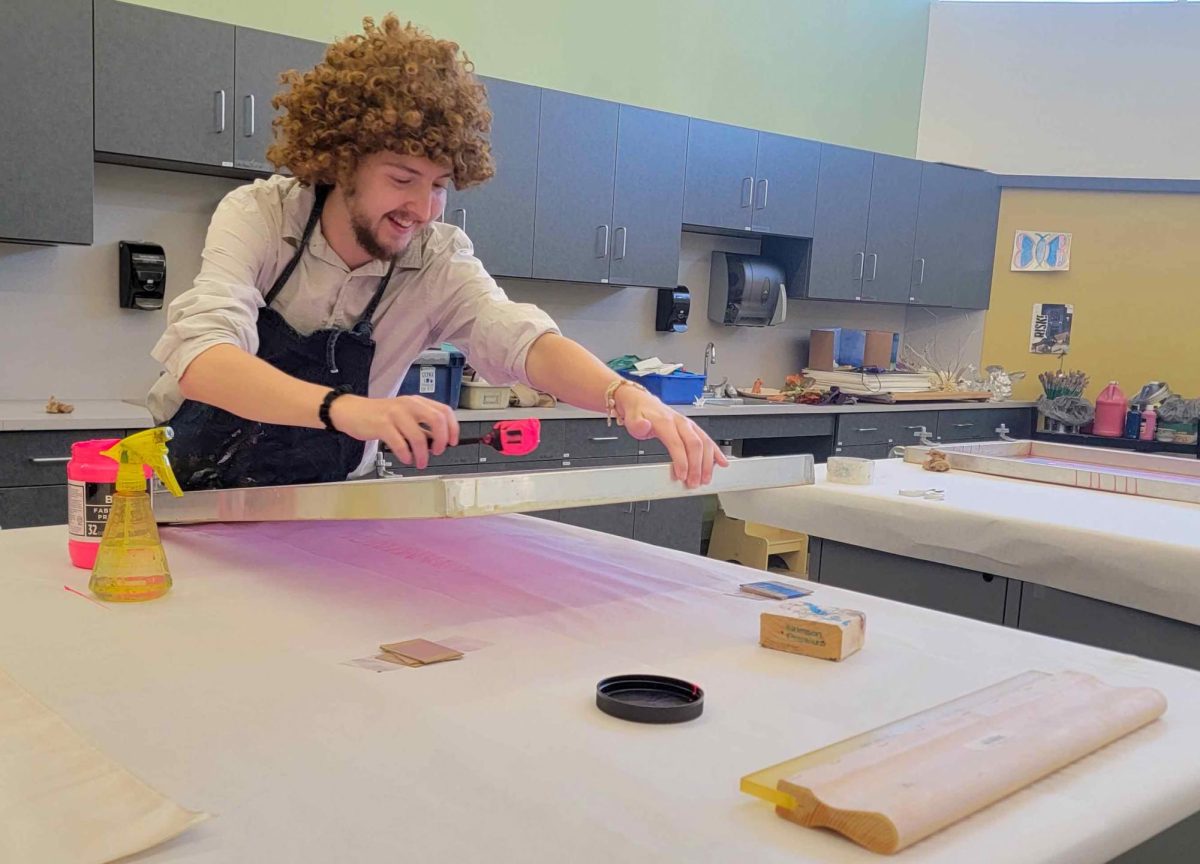Column: In lieu of E.T., love the life you are with
Well, Hollywood got one thing right; it did come from outer space. “It” is evidence of life from outside our planet.
NASA astrobiologist Richard Hoover published an article Friday in the Journal of Cosmology about his findings regarding fossilized microscopic bacteria from meteorites in Antarctica.
Like the alien bad guys in a bad sci-fi movie, news of these astounding findings has exploded.
In an interview with Reuters, Hoover said, “We have known for a long time that there were very interesting biomarkers in carbonaceous meteorites and the detection of structures that are very similar … to known terrestrial cyanobacteria is interesting in that it indicates that life is not restricted to the planet Earth.”
Meteorites are not uncommon. James Conwell, a professor in Eastern’s physics department, said about 100 tons of meteors in varying sizes fall on the Earth every day, but most of it goes unnoticed because it falls in the oceans.
The bacteria Hoover found was similar to cyanobacteria, also know as blue-green algae, also known as the scum on Carman Pond.
However, Hoover’s conclusion is highly controversial, especially since a similar discovery in 1996 never had conclusive proof. The journal’s editor Rudy Schild said he has invited 100 experts and informally invited more than 5,000 scientists to review the paper for analysis.
Still, at first glance of Hoover’s paper, Conwell said Hoover might have over-jumped his claims.
“My alarm bells are going off whether I believe it,” Conwell said.
Conwell then directed me to the Discover magazine’s Bad Science blog by astronomer Phil Plait and Universe Today’s blog ” Claims of Alien Life in Meteorite Needs Further Review .”
The consensus in the scientific community, which I agree with, is that this astounding claim is nothing more than that.
The fascination and popularity that claims like this garner have always confused me. Statistically speaking, the odds are much better for an alien life form to be bacteria instead of anything that looked like E.T.
Yes, it would be a monumental discovery. I believe life in and of itself is astonishing, but we take it for granted every single day.
Time and time again, from the warm primordial pools that the first single-celled organisms formed in, to the survival of Homo sapiens instead of our Neanderthal cousins, life on this planet has fought against enormous odds just to live.
Earth is filled with an estimated three to 30 million species, of which I can probably name about 200.
Now, with modern conveniences, it is far too easy to forget how fragile life really is. Case in point: I don’t have to wake up and run down a wooly mammoth so I can eat breakfast like my ancestors.
Regardless of any religious beliefs or scientific toes I’ve stepped on, the point is this planet and every single organism that fills it are lucky to exist.
So all of you who jumped on the alien bandwagon, take another look around before looking to the skies.
Emily Steele is a senior journalism major. She can be reached at 581-2812
or


































































